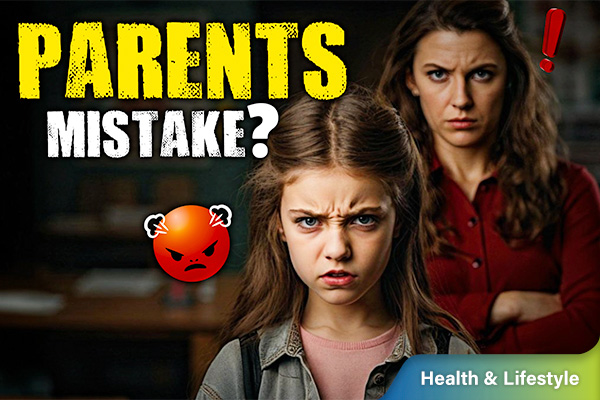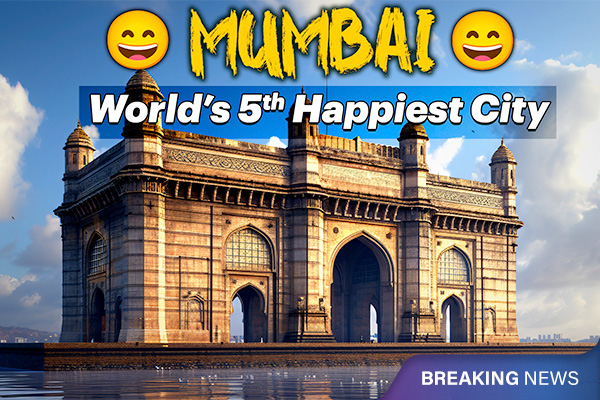Importance of Holi - The Festival of Colours
This Holi, learn more about the rich history behind the festival of colours by watching our latest video.
Holi has been celebrated in India for centuries. It marks the beginning of spring after a long winter and also the triumph of good over evil. It is celebrated in March, corresponding to the Hindu calendar month of Phalguna. In 2021, Holi is being celebrated on 29th March. There are varying stories of Holi’s origin mentioned in several ancient Indian literature. According to one popular version. There was an evil king Hiranyakashyap. He became so powerful that he forced his subjects to worship him as their god. But to the king’s anger, his son Prahlad continued to be an ardent devotee of Lord Vishnu. The angry king plotted with his sister, Holika, to kill his son. Holika had a blessing that she could not be burnt by fire. Haranyakashyap and Holika tricked Prahlada to sit in a pyre with her. When the pyre was lit, the Prahlad’s devotion to Lord Vishnu helped him walk away unscathed while Holika was burned to death despite her immunity. The festival derives its name from Holika.
According to another legend, Devaki was Prince Kansa’s cousin sister. During her marriage, a heavenly voice prophesied that Devaki's eighth son will slay him. So Kamsa imprisoned Devaki and her husband Vasudev and killed all their children. However the eighth son, Krishna, was an avatar of the god Vishnu and was transported to Gokul. Kamsa sent a host of demons to kill the child Krishna. One of them was Putana who fed poisonous breast milk to the babies and killed them. She even fed baby Krishna with her poisonous break milk but like other demons Krishna killed her. However, Lord Krishna had developed a blue skin colour after Putana, poisoned him with her breast milk. Krishna was worried if the fair-skinned Radha and her companions would ever like him because of his skin colour. Krishna's mother then asked him to approach Radha and smear her face with any colour he wanted. Holi celebrations start on the night before Holi with Holika Dahan, where large pyres are lit and rituals performed in front of it and praying for their inner evil to be destroyed, just as Holika was killed in fire.
On the day of Holi, entire streets and towns turn red, green and yellow as people throw colored powder into the air and splash them on others. Each color carries a meaning. Red, for example, symbolizes love and fertility while green stands for new beginnings. People also splash water on each other in celebration. Later in the day, families gather together for festive meals and bhang. Interestingly, different regions in India observe varied customs on this day. In West Bengal and Assam, for instance, Holi is known as Basanta Utsav or spring festival. A popular form of Holi, called Lath mar Holi is celebrated in Barsana, a town near Mathura, in Uttar Pradesh, where women beat up men with sticks who try to protect themselves with shields. Over the years, Holi has become an important festival in many regions wherever Indian people have migrated and are now present in large numbers such as in Africa, North America, Europe, Latin America, and parts of Asia such as Fiji. The customs and rituals may be different across regions but what unites them is the spirit of this festival of colours.







